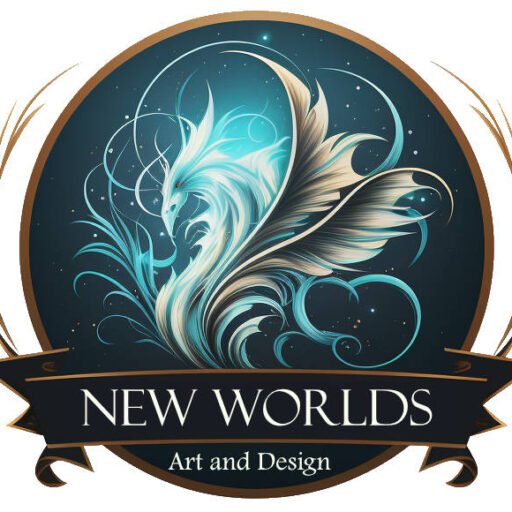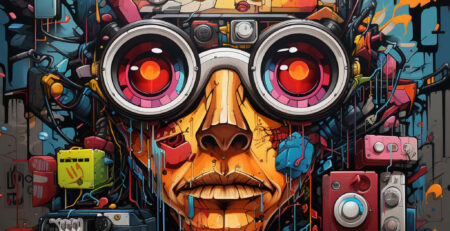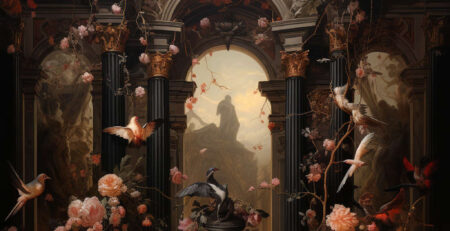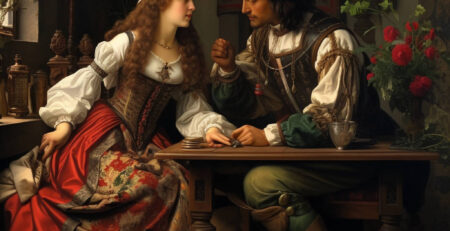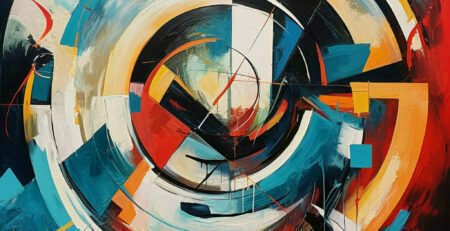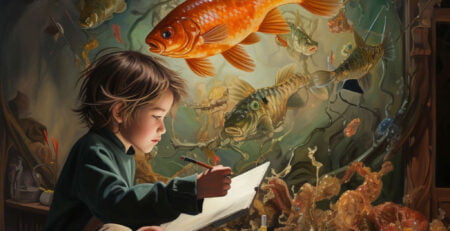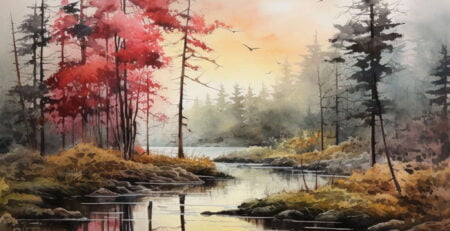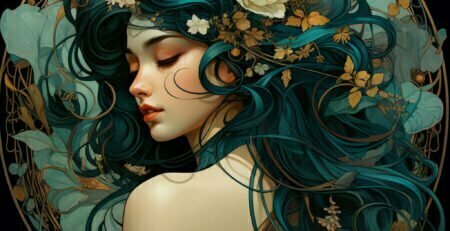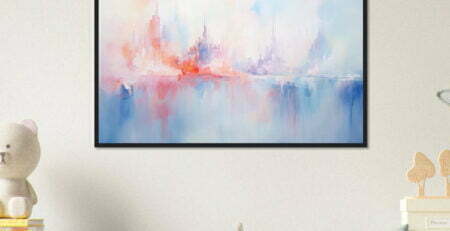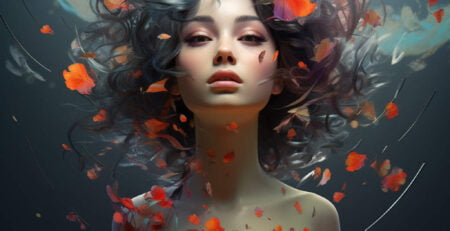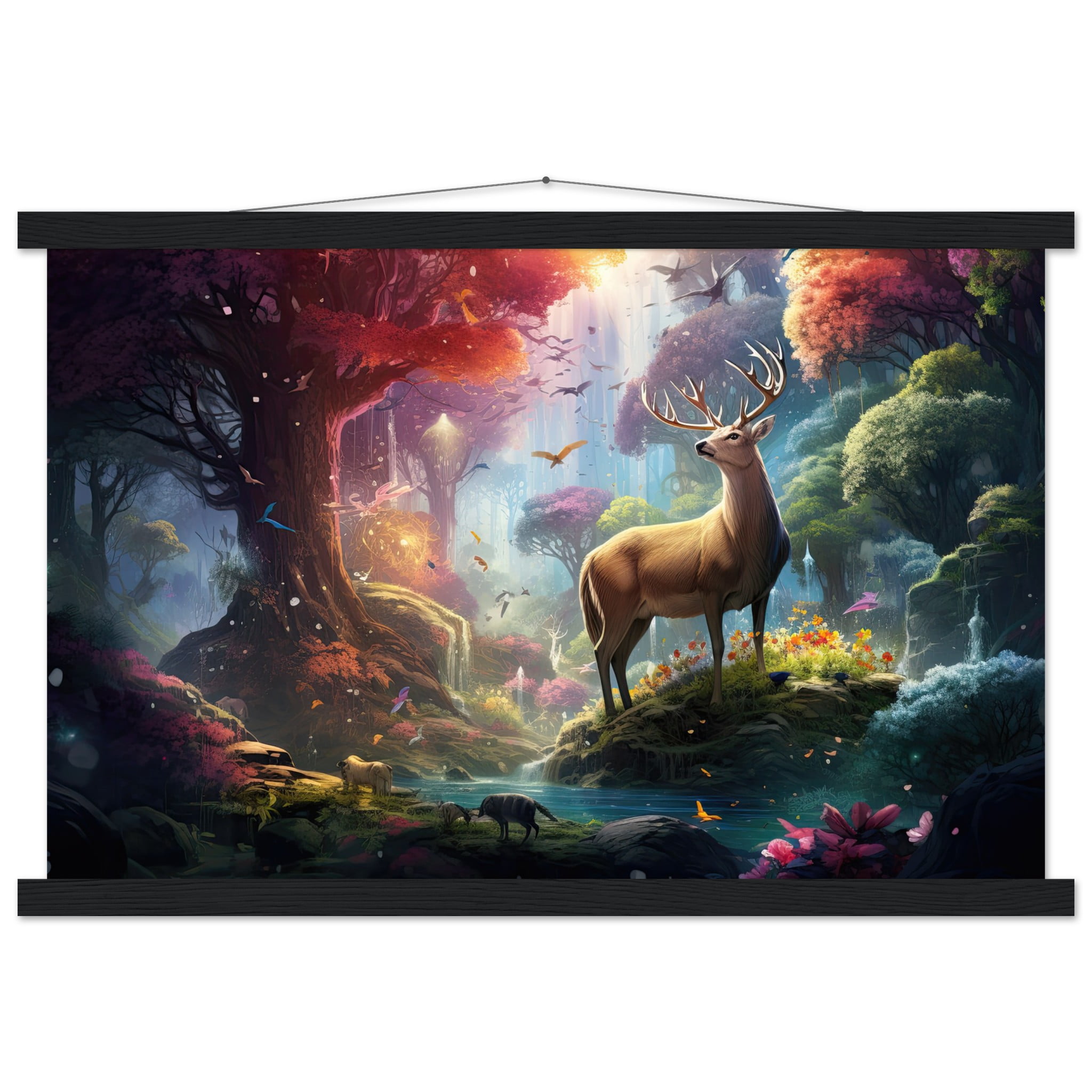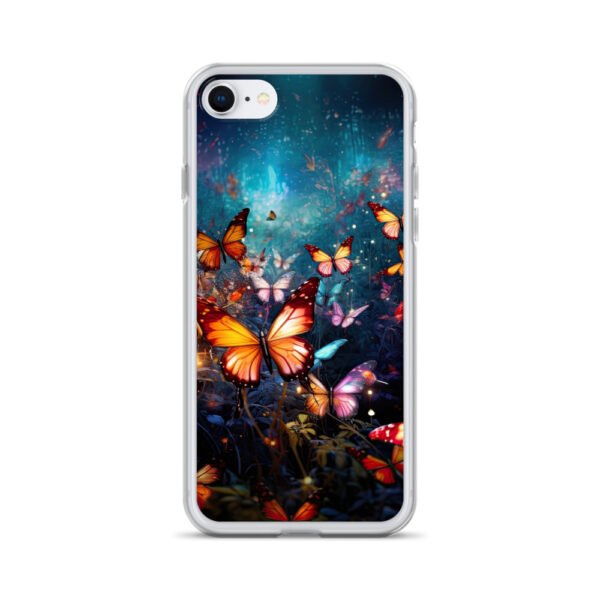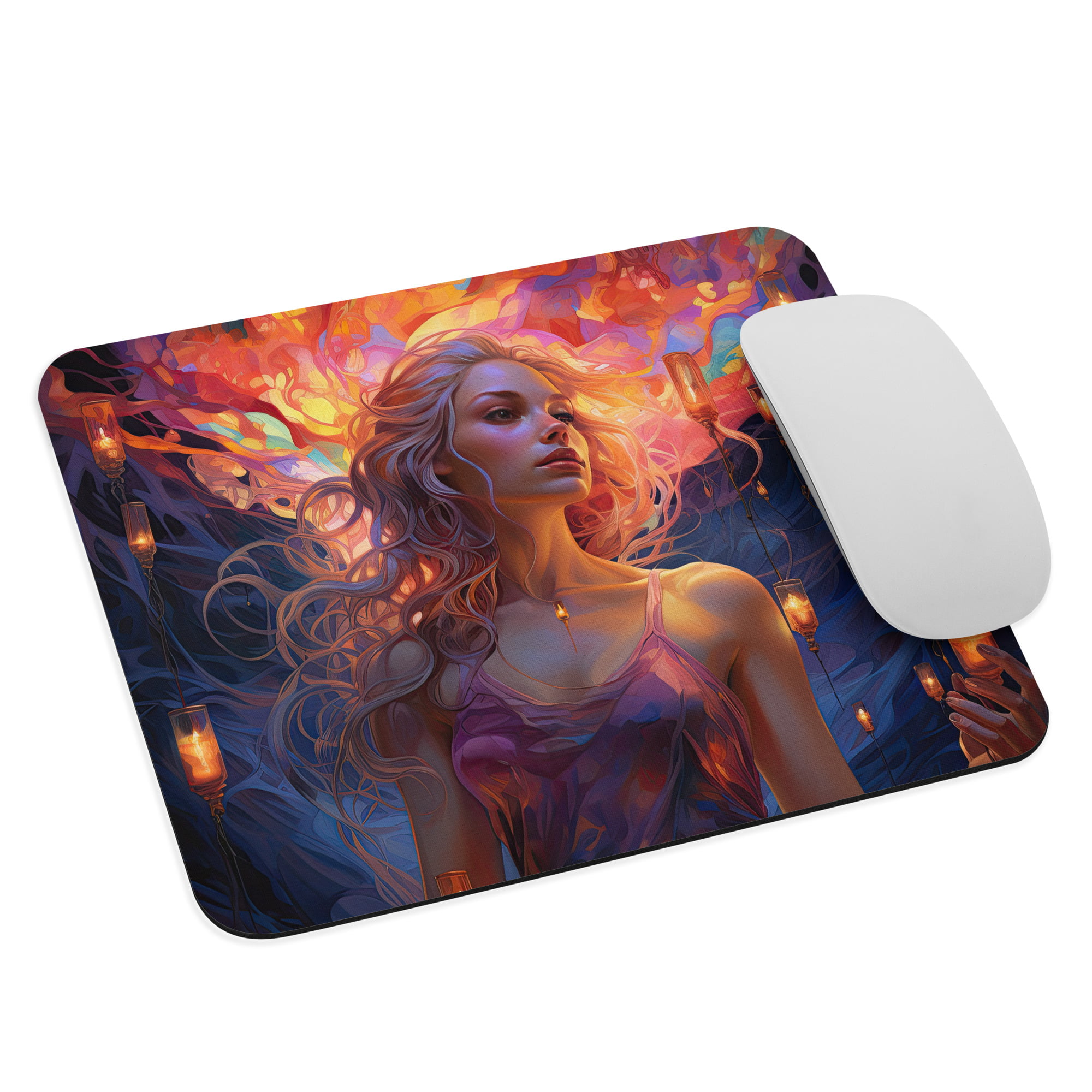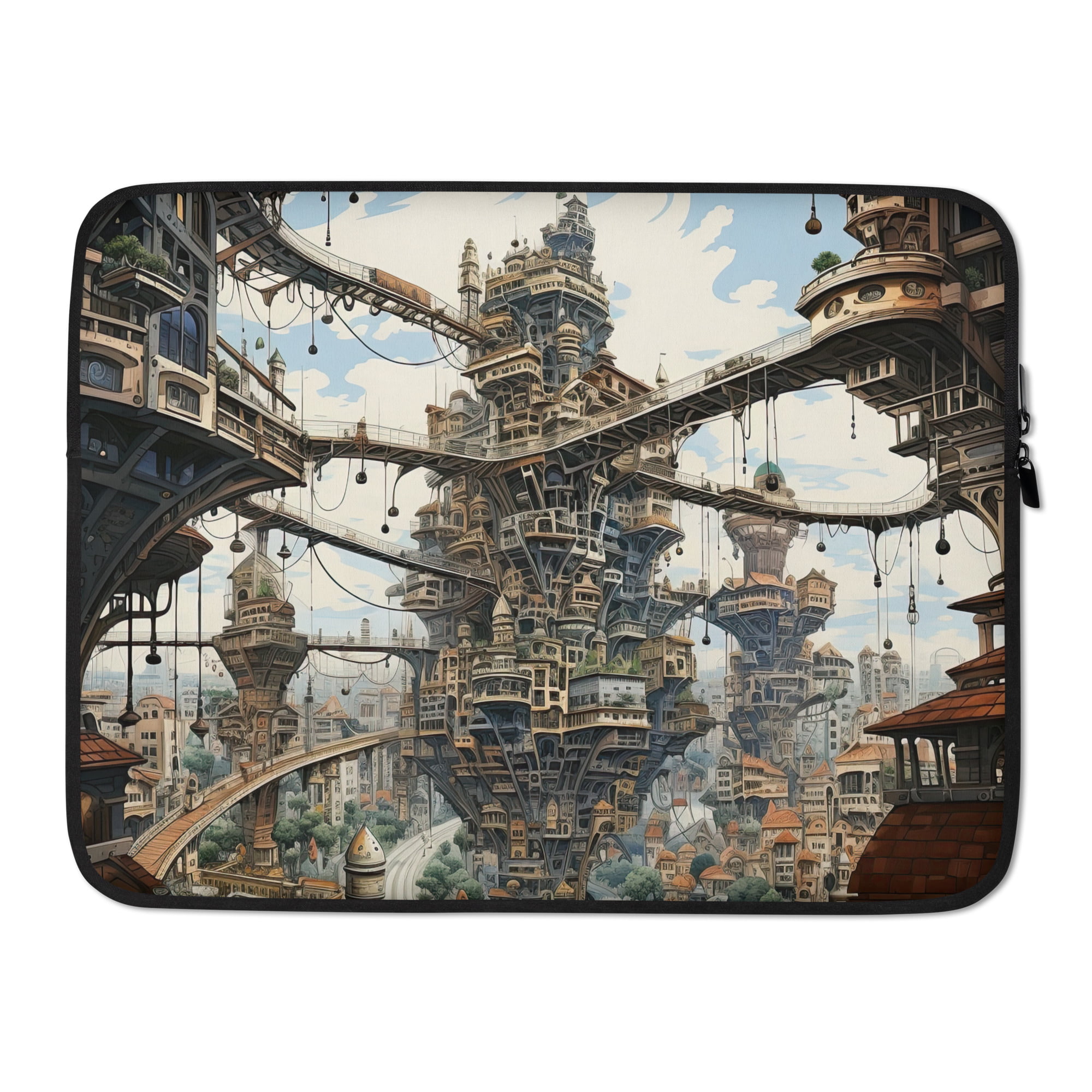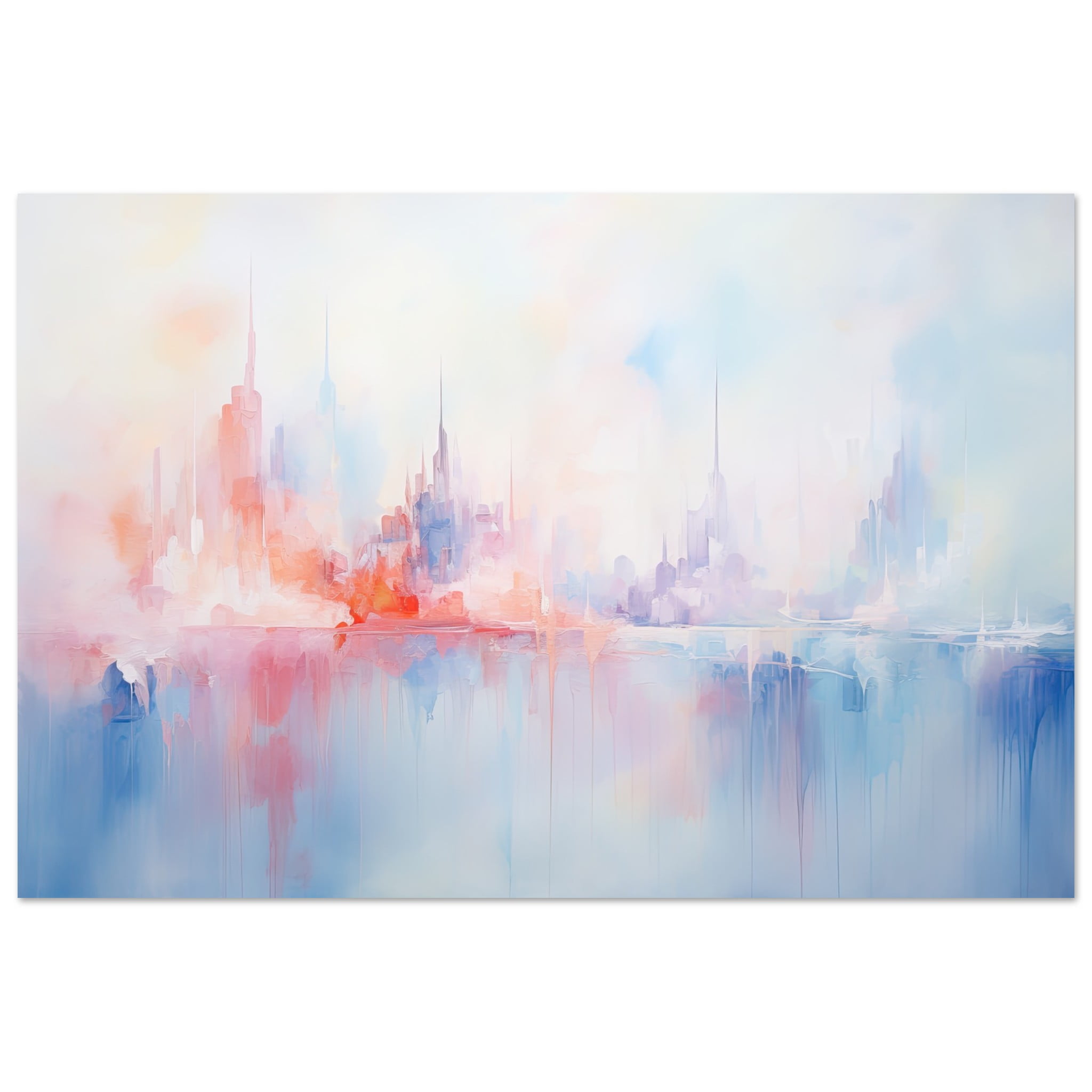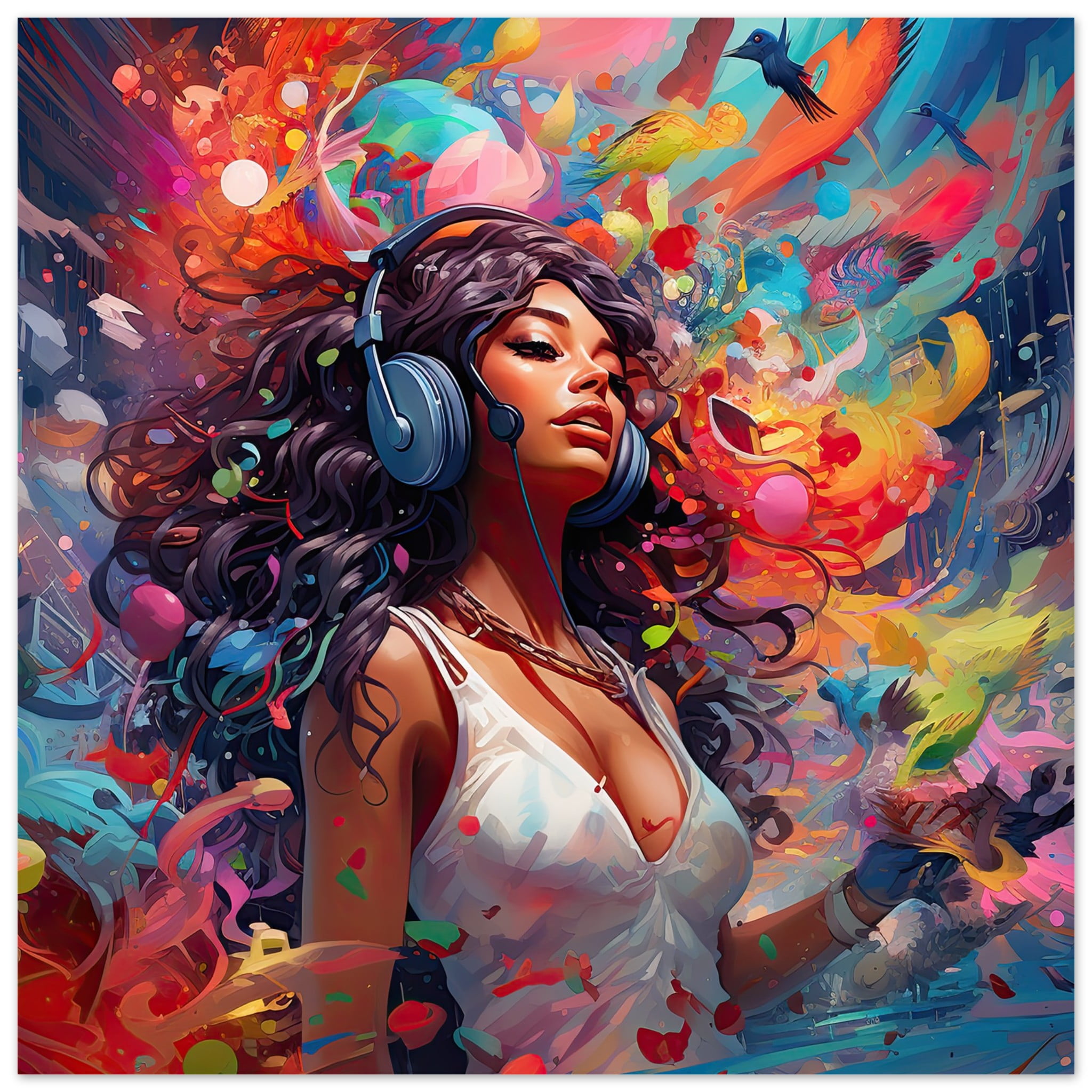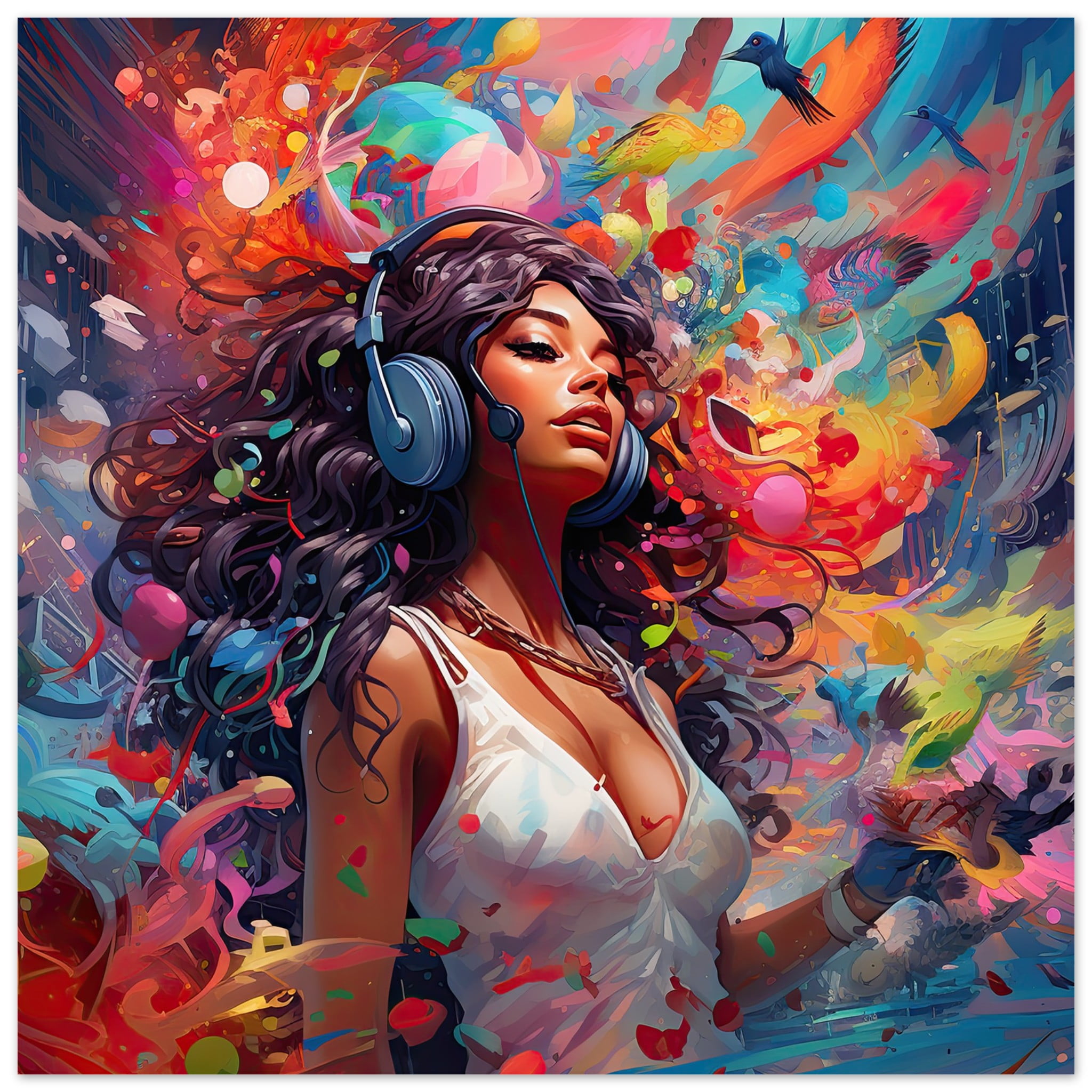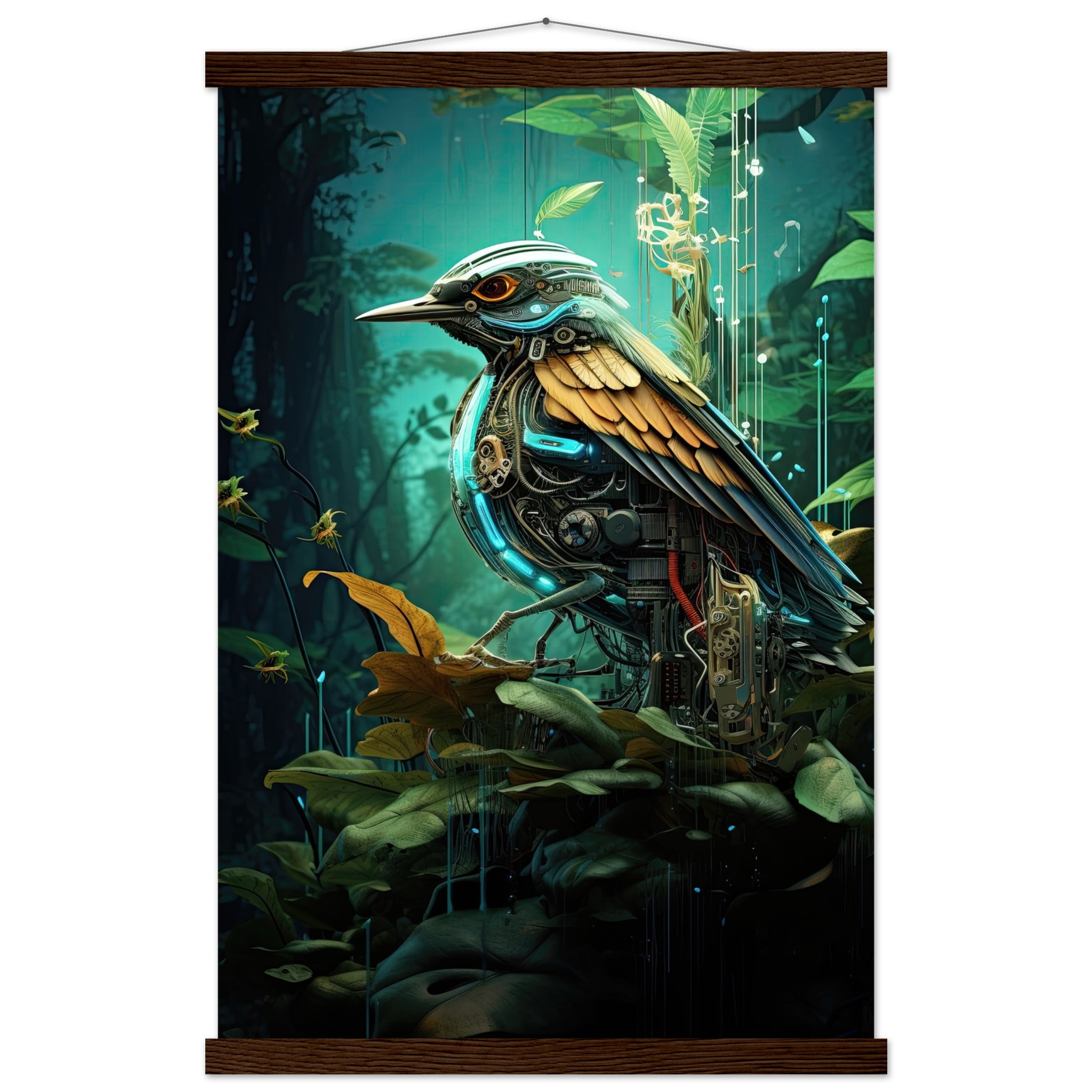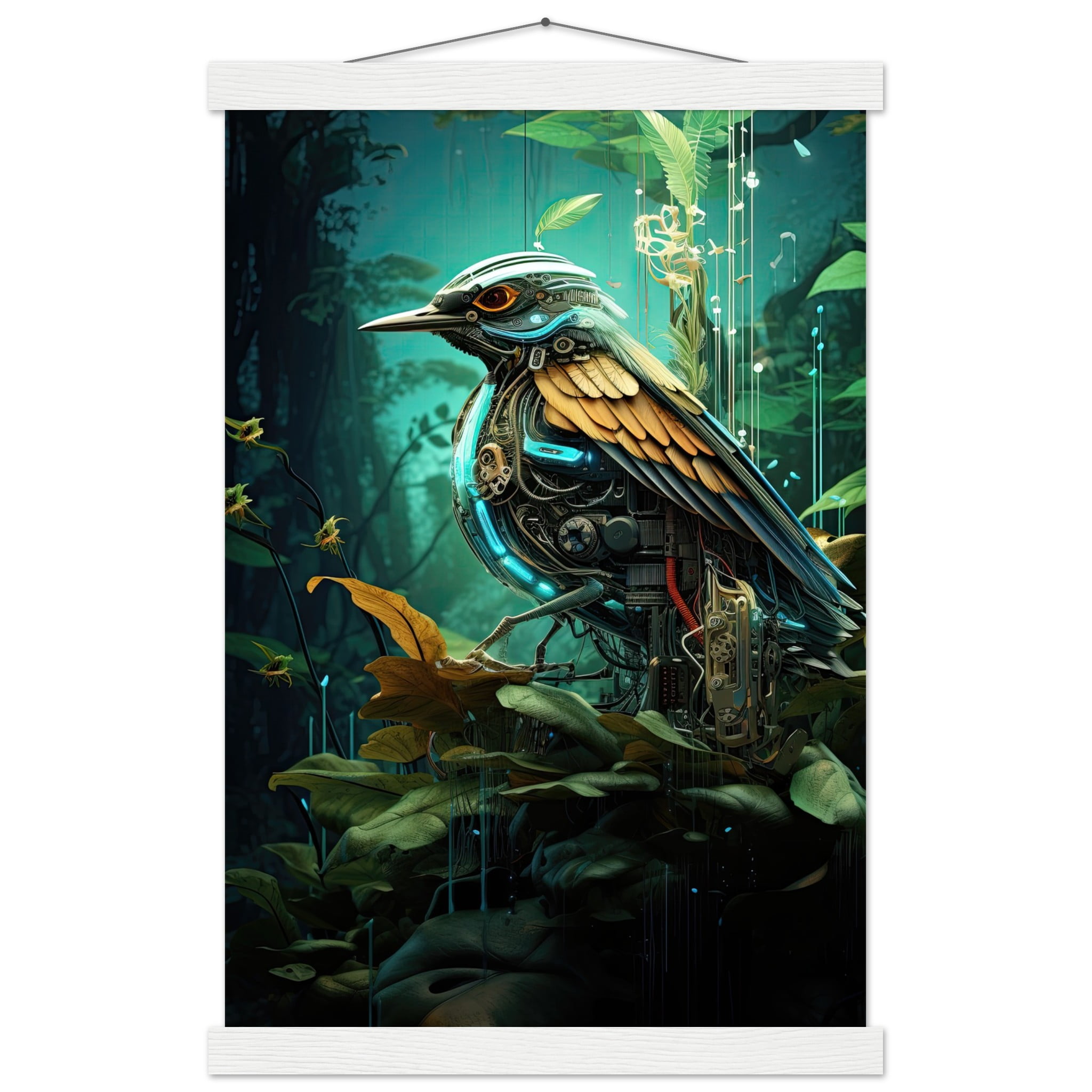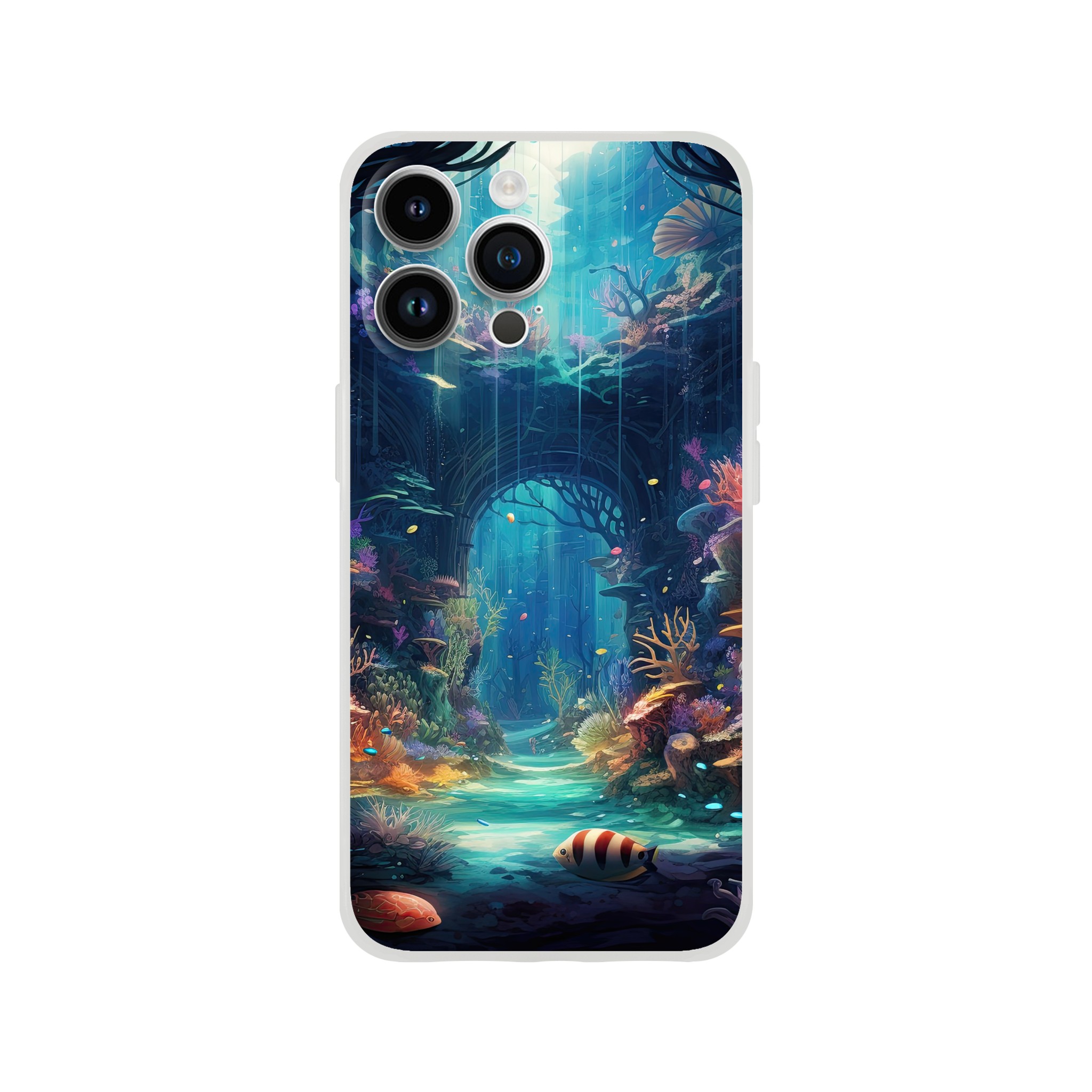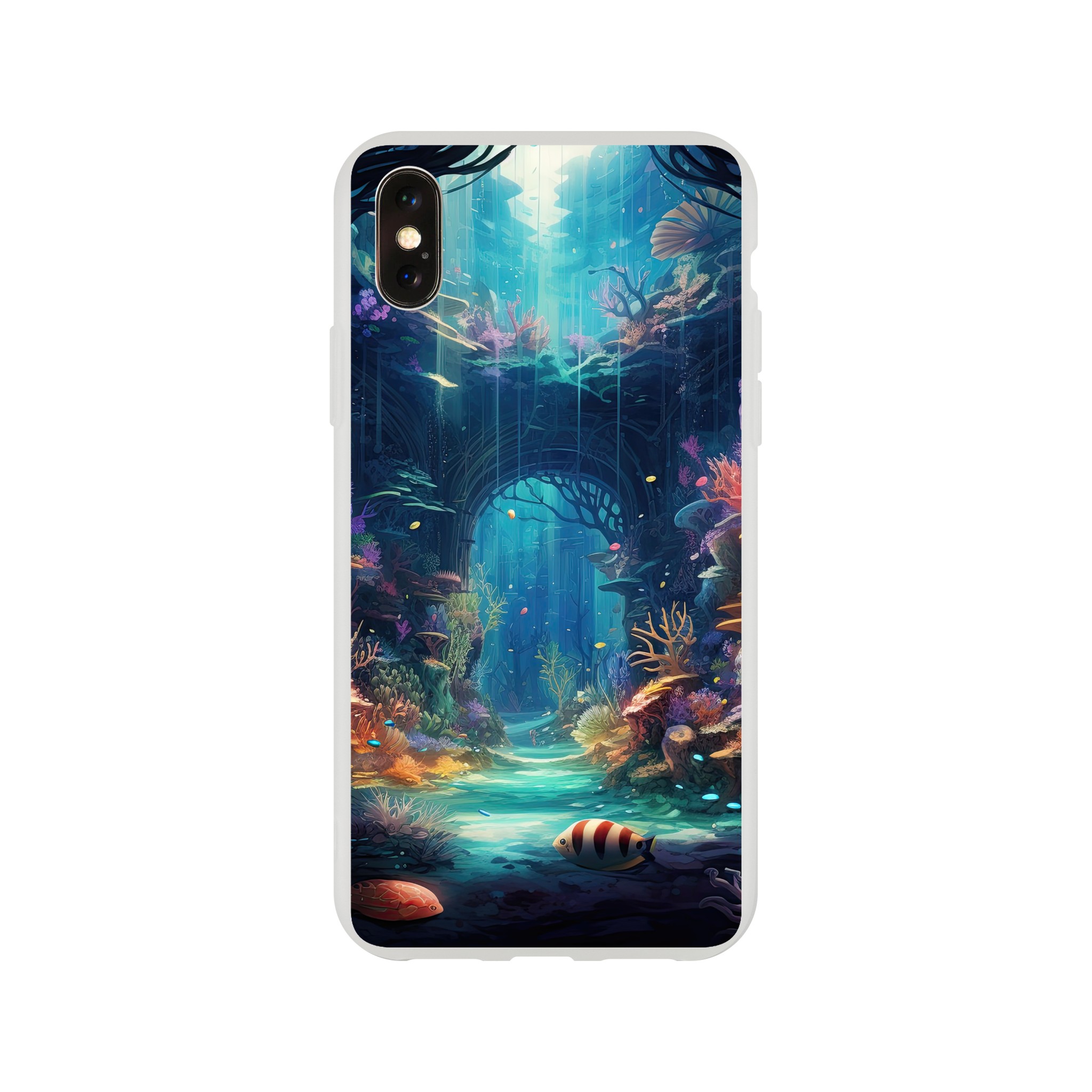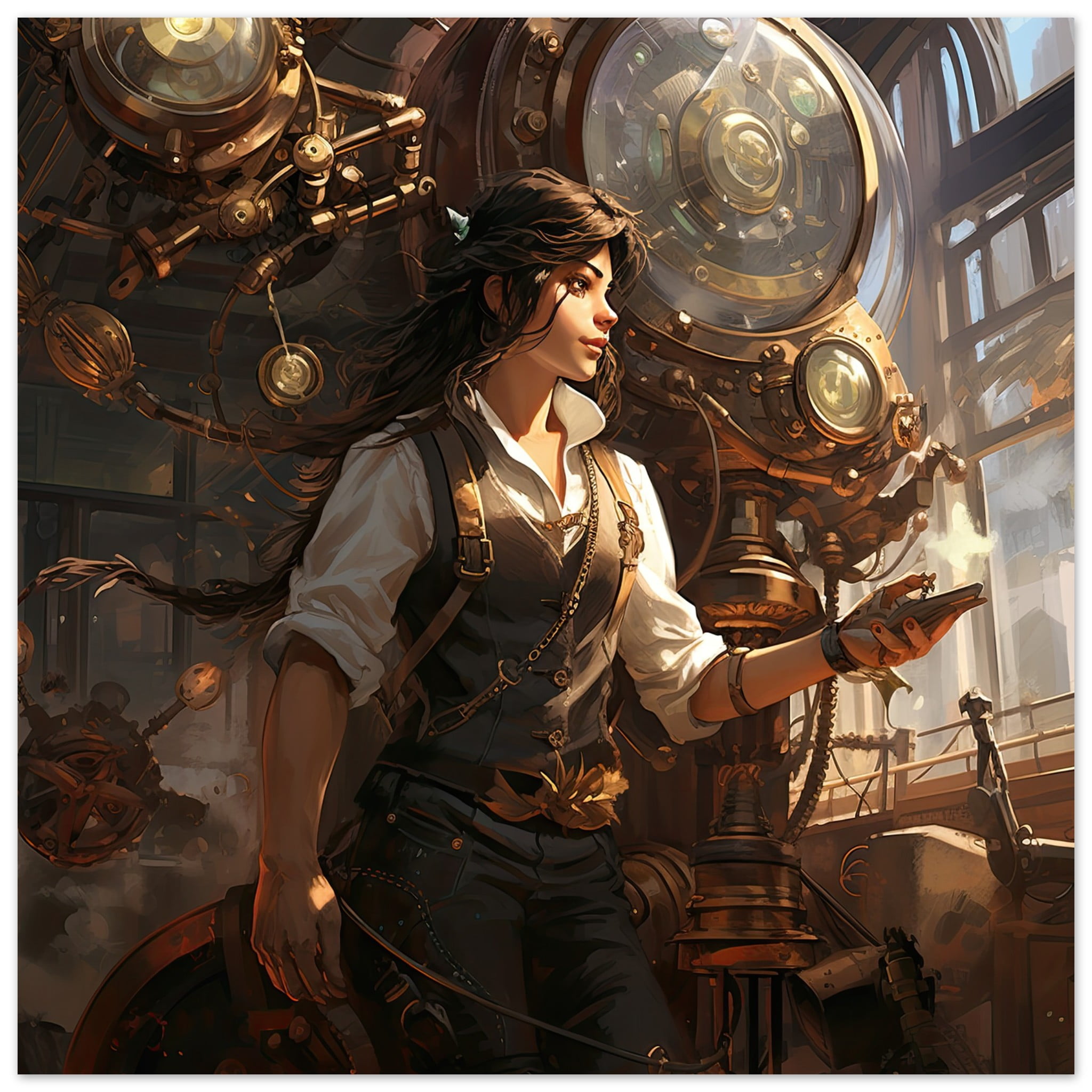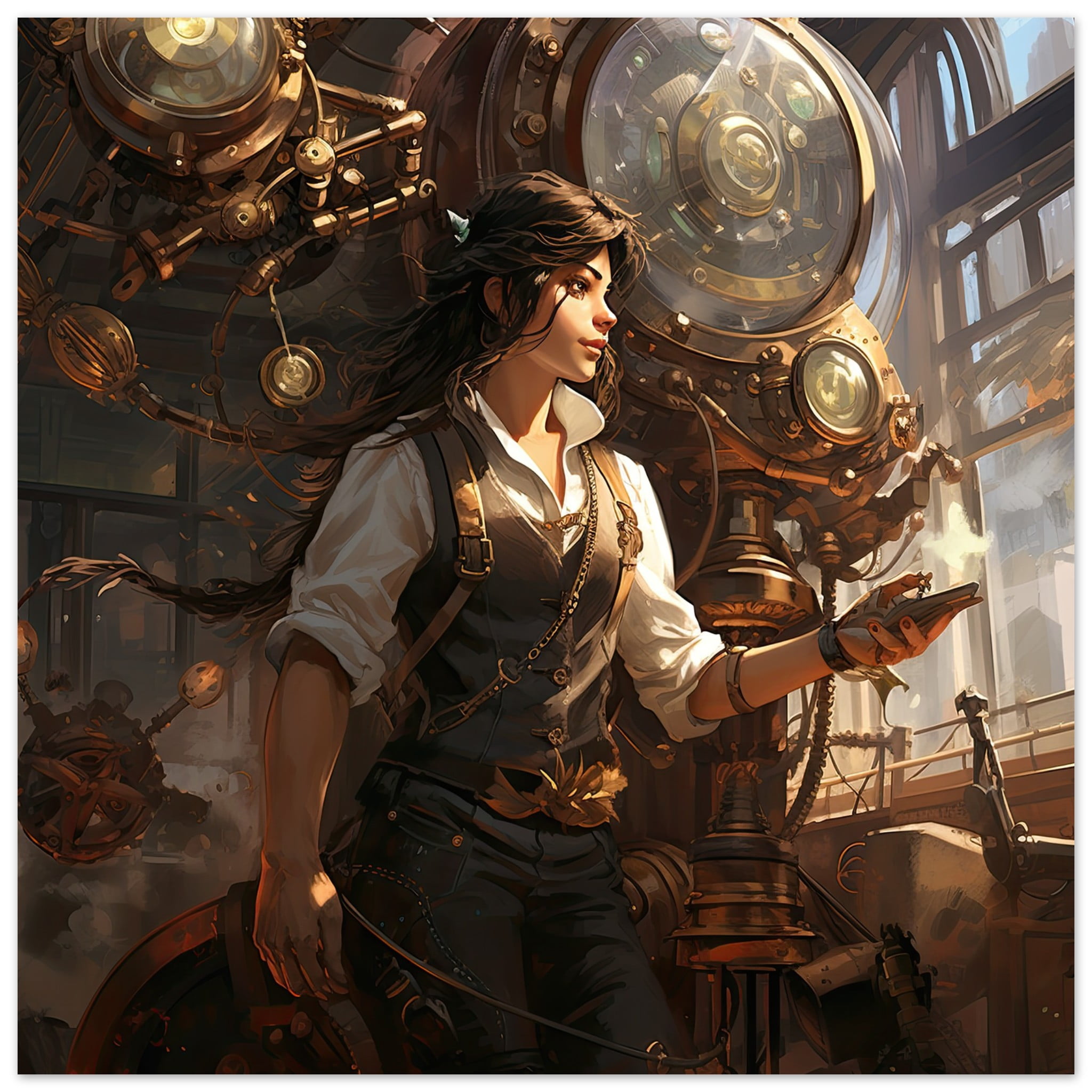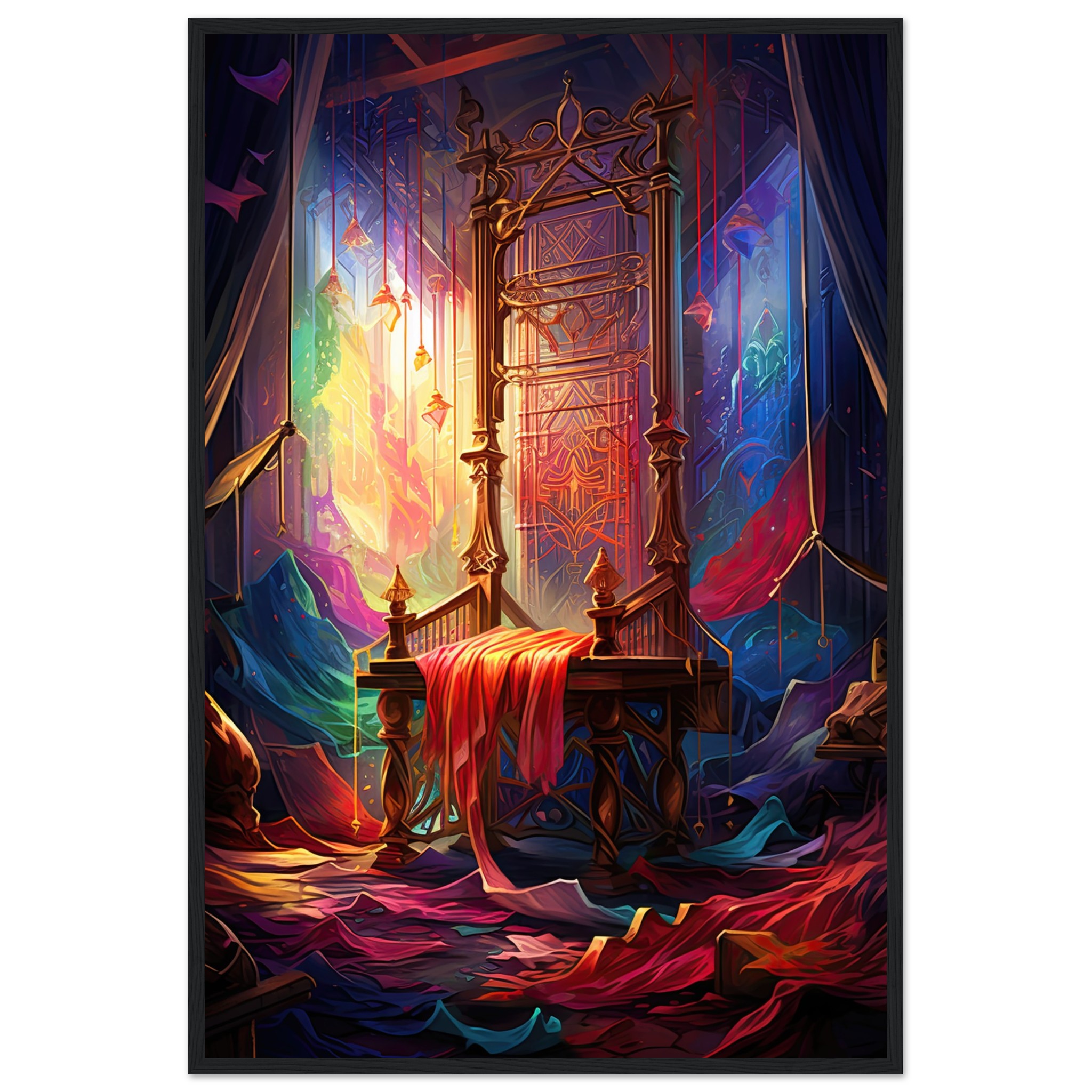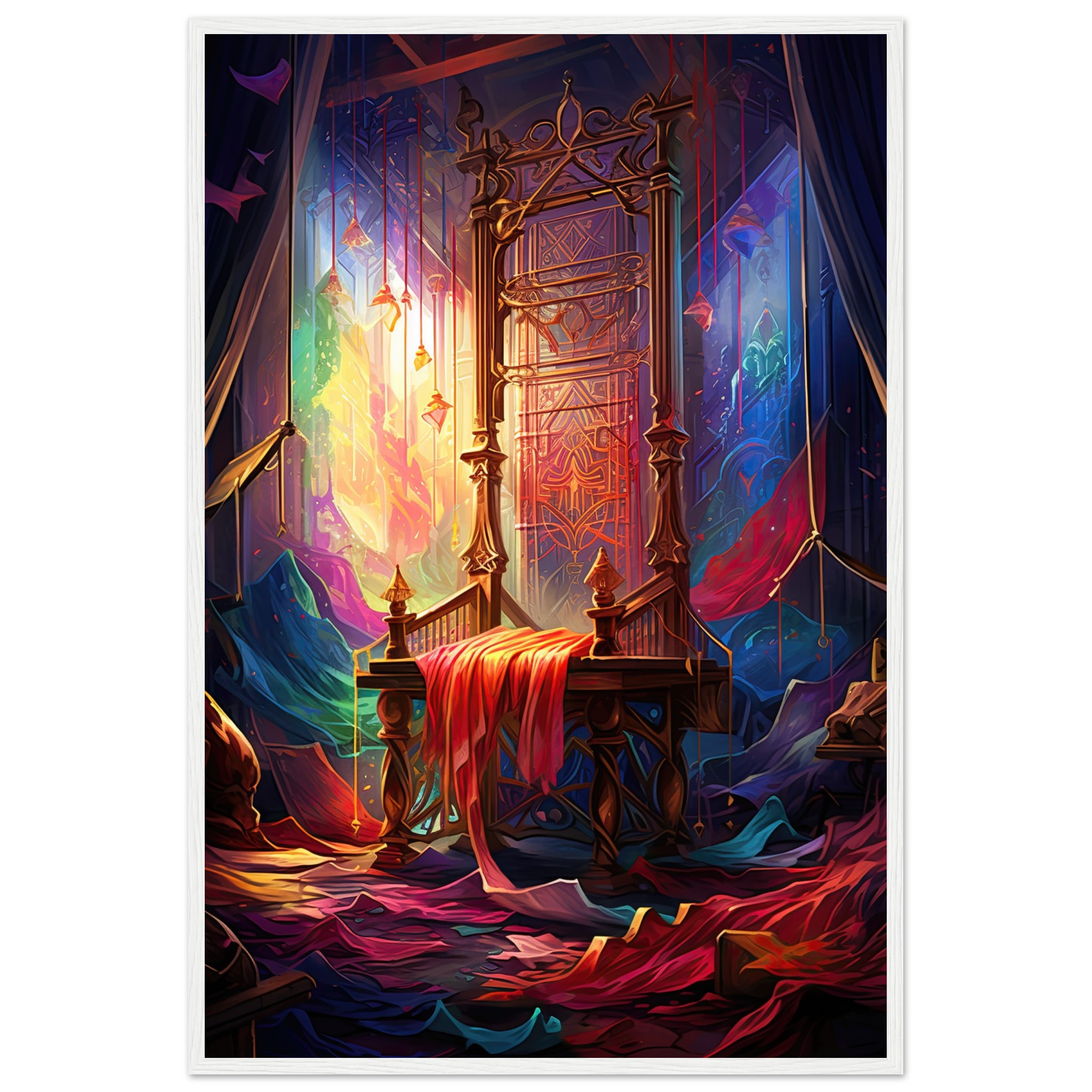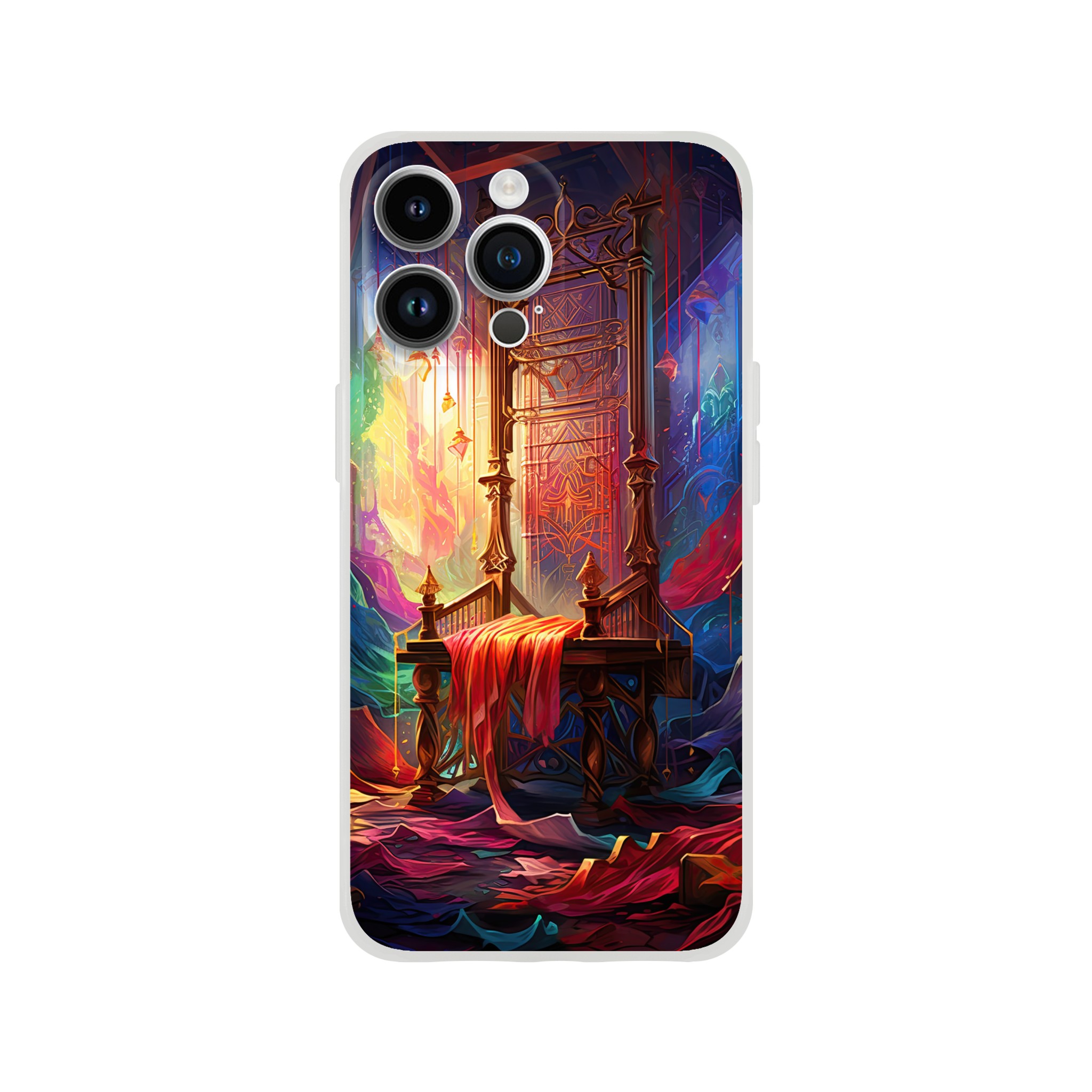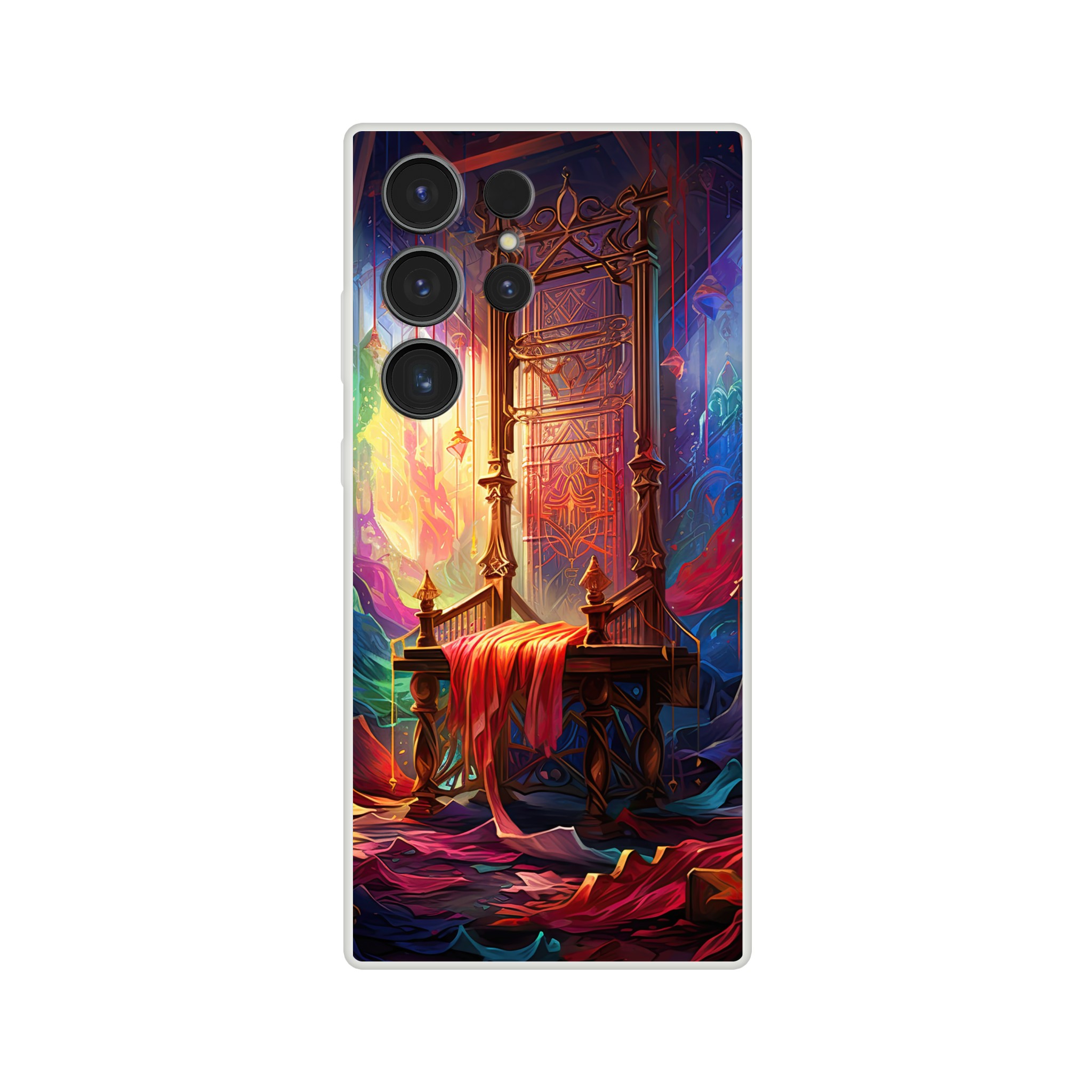
18
Aug
The Modern Art Revolution: From Impressionism To Pop Art
In the world of art, the period from the late 19th to the early 20th century marked a shift away from traditional artistic conventions towards experimentation and the rejection of established norms. Modern art emerged as a response to the rapid changes in society, politics, technology, and culture during this time, reflecting new perspectives and embracing innovative artistic techniques.
Origins of Modern Art
Modern art has its roots in the late 1800s, with Impressionism marking the beginning of this transformative era. Impressionist artists like Claude Monet and Pierre-Auguste Renoir captured fleeting moments in their paintings, breaking away from the detailed and realistic approach of the academic art that dominated at the time. This style focused on portraying the effects of light and color on objects and scenes, leading to loose brushwork and a more abstract representation of reality.
Key Movements
As modern art continued to evolve, it splintered into various movements, each with its unique style and artistic philosophy:
- Fauvism: Led by Henri Matisse, Fauvists used bold, unnatural colors to create emotionally charged and expressive compositions. Their work emphasized the importance of color as a medium of expression.
- Cubism: Pioneered by Pablo Picasso and Georges Braque, Cubism fragmented objects into geometric shapes, presenting them from multiple viewpoints within a single painting. This movement deconstructed traditional notions of perspective and three-dimensionality.
- Surrealism: Artists like Salvador Dalí and René Magritte embraced the irrational and the subconscious mind in their art. Surrealism combined dream-like imagery with reality, creating unsettling, thought-provoking works that defied logic.
- Abstract Expressionism: Centered in New York City in the 1940s and 1950s, Abstract Expressionism was the first American art movement to gain international recognition. Artists like Jackson Pollock and Willem de Kooning embraced gestural brushwork and emphasized the physical act of painting. They often focused on color and form, rather than recognizable subjects.
- Pop Art: Emerging in the 1950s, Pop Art drew inspiration from popular culture, including advertising, comic books, and consumer goods. Artists like Andy Warhol and Roy Lichtenstein critiqued the commercialization of society and explored the relationship between art and mass culture.
Innovation and Rebellion
Modern art was a reaction against the academic art of the 19th century. Artists wanted to express their individuality and rebel against traditional artistic conventions. With the introduction of new technologies, artists had the freedom to experiment with new mediums and techniques. In many ways, modern art was a reflection of the sweeping changes taking place in society. For example, the rapid urbanization and industrialization of the late 19th and early 20th centuries heavily influenced the art of this period. Artists like Vincent van Gogh and Édouard Manet depicted the stark contrast between rural and urban life, capturing the tensions and anxieties of this transformative era.
Impact on the Art World
Modern art opened the door to a world of new possibilities and encouraged artistic experimentation. This shift towards abstraction and non-representational art paved the way for subsequent art movements like post-modernism and contemporary art. Modern art also played a crucial role in democratizing the art world. In the past, art was often reserved for the elite, but modern art embraced the idea that art should be accessible to all. The rise of modern art galleries and the emergence of art as a form of protest or social commentary further solidified its role in shaping society.
Modern art, characterized by its rebellion against tradition and embrace of innovation, profoundly shaped the course of art history. It reflected the rapid changes in society and technology of its time, providing a unique lens through which we can understand the world of the late 19th and early 20th centuries. Today, modern art continues to inspire artists and captivate audiences, serving as a testament to the enduring power of artistic expression.
